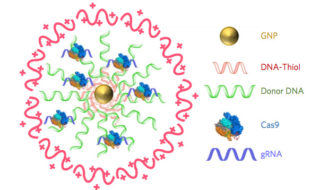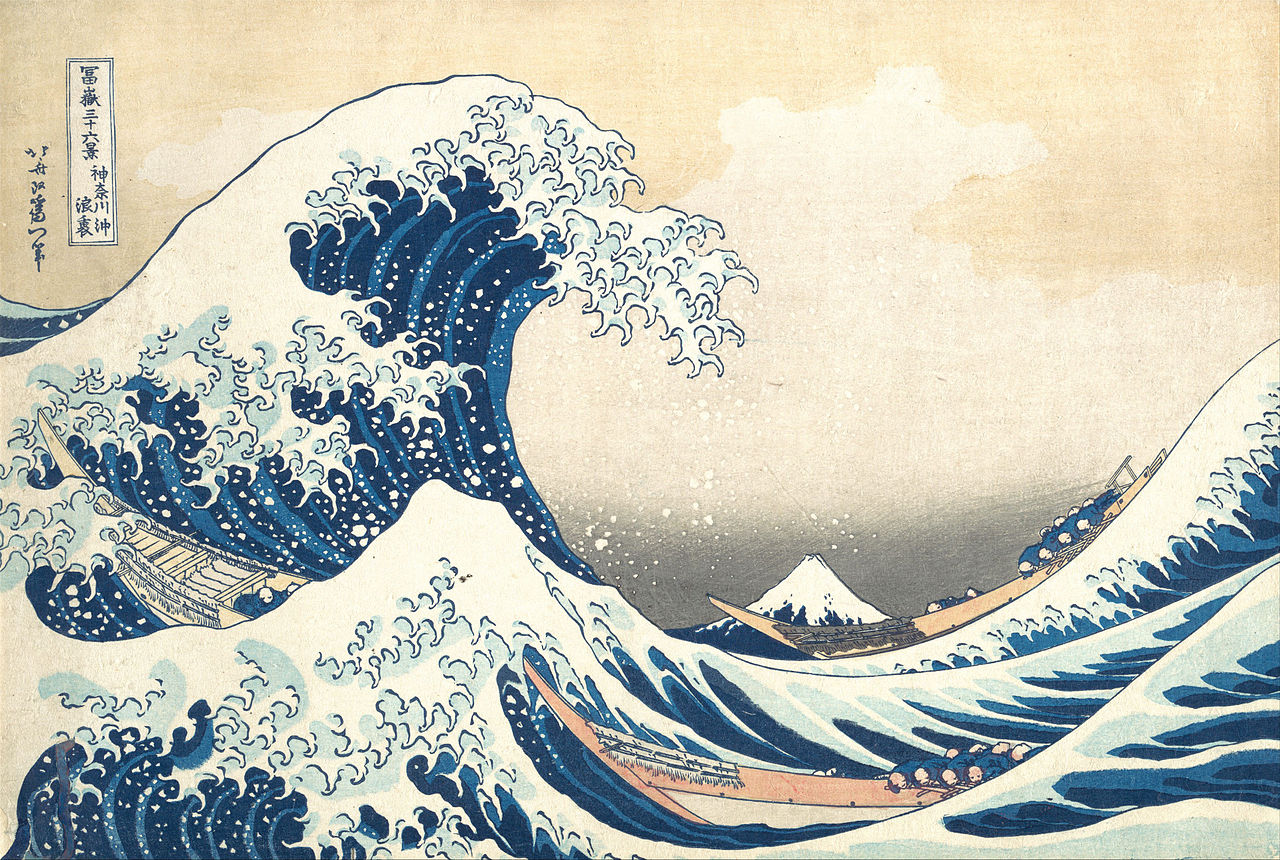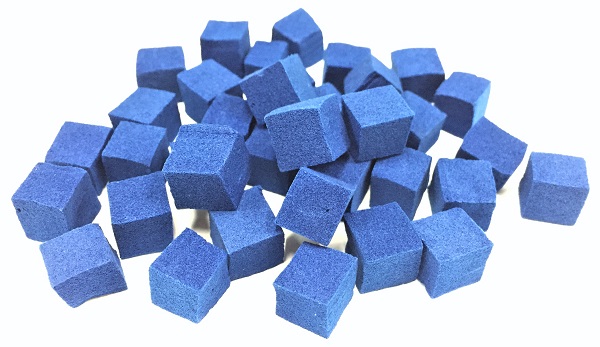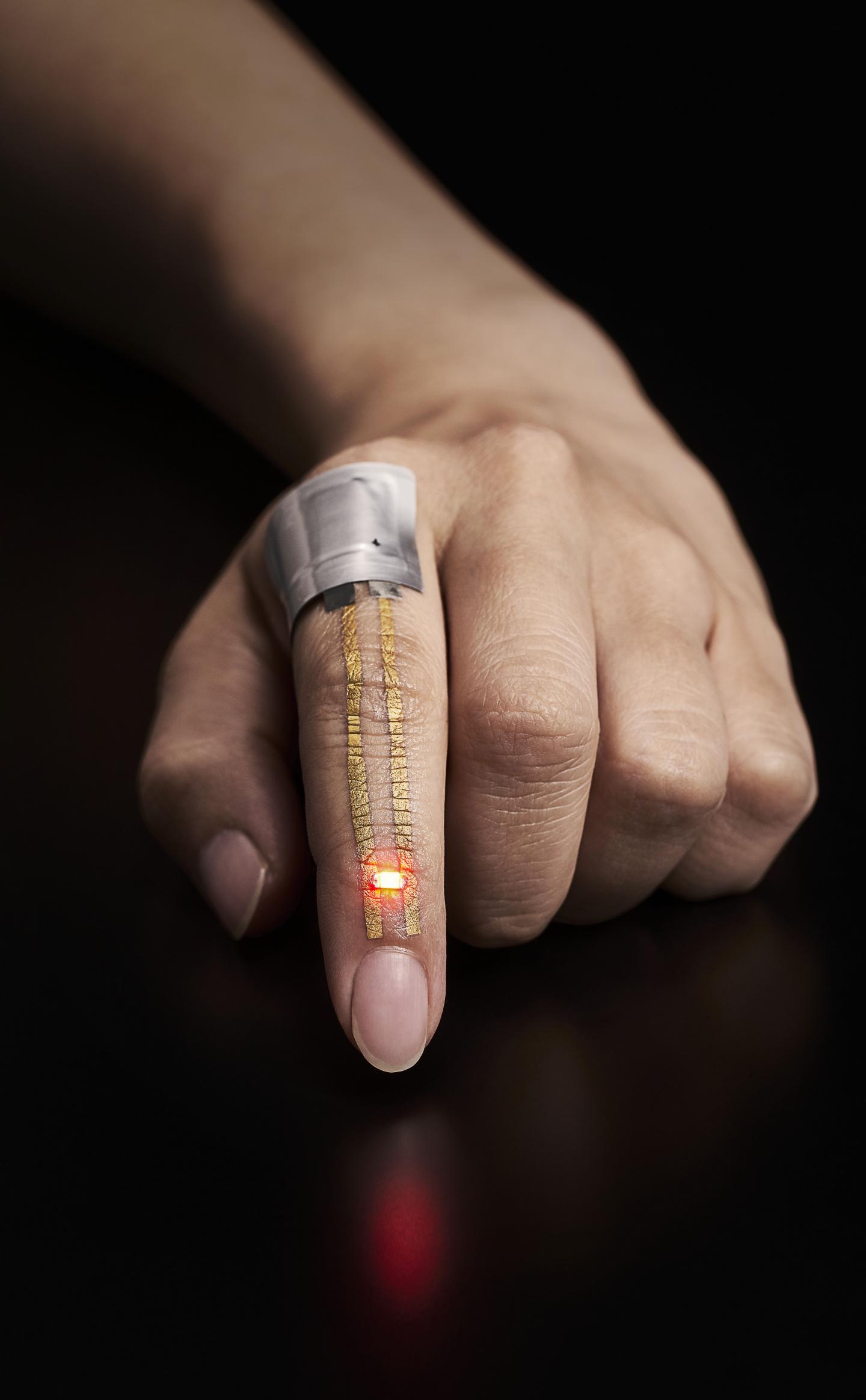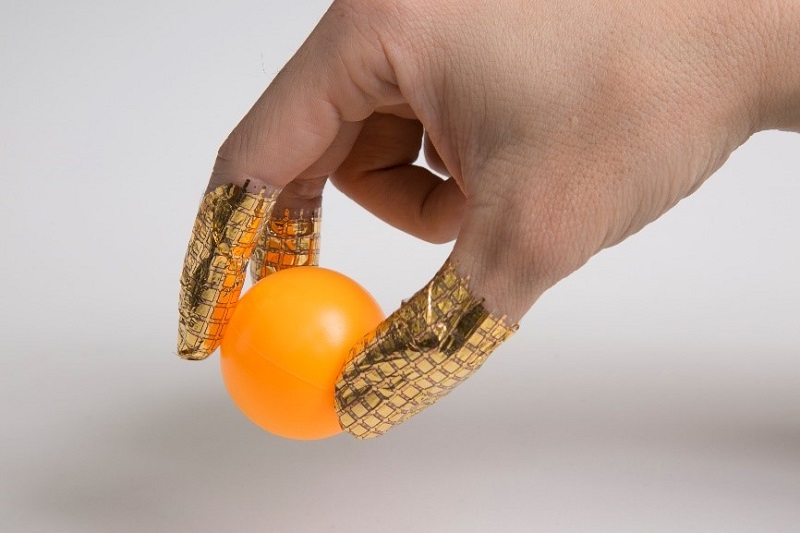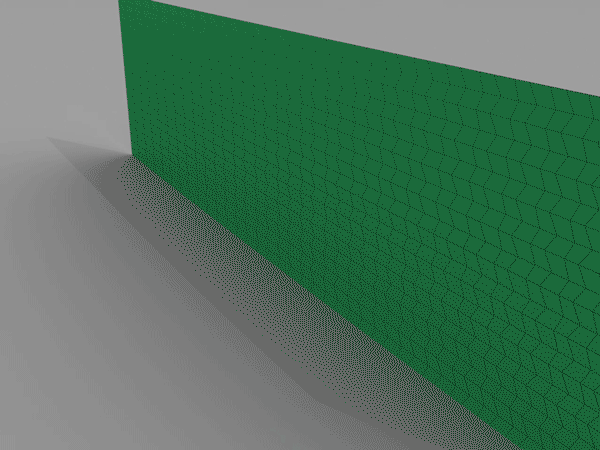With all the talk about artificial intelligence (AI), a lot more attention seems to be paid to apocalyptic scenarios: loss of jobs, financial hardship, loss of personal agency and privacy, and more with all of these impacts being described as global. Still, there are some folks who are considering and working on ‘AI for good’.
If you’d asked me, the International Telecommunications Union (ITU) would not have been my first guess (my choice would have been United Nations Educational, Scientific and Cultural Organization [UNESCO]) as an agency likely to host the 2018 AI for Good Global Summit. But, it turns out the ITU is a UN (United Nations agency) and, according to its Wikipedia entry, it’s an intergovernmental public-private partnership, which may explain the nature of the participants in the upcoming summit.
The news
First, there’s a May 4, 2018 ITU media advisory (received via email or you can find the full media advisory here) about the upcoming summit,
Artificial Intelligence (AI) is now widely identified as being able to address the greatest challenges facing humanity – supporting innovation in fields ranging from crisis management and healthcare to smart cities and communications networking.
The second annual ‘AI for Good Global Summit’ will take place 15-17 May [2018] in Geneva, and seeks to leverage AI to accelerate progress towards the United Nations’ Sustainable Development Goals and ultimately benefit humanity.
WHAT: Global event to advance ‘AI for Good’ with the participation of internationally recognized AI experts. The programme will include interactive high-level panels, while ‘AI Breakthrough Teams’ will propose AI strategies able to create impact in the near term, guided by an expert audience of mentors representing government, industry, academia and civil society – through interactive sessions. The summit will connect AI innovators with public and private-sector decision-makers, building collaboration to take promising strategies forward.
A special demo & exhibit track will feature innovative applications of AI designed to: protect women from sexual violence, avoid infant crib deaths, end child abuse, predict oral cancer, and improve mental health treatments for depression – as well as interactive robots including: Alice, a Dutch invention designed to support the aged; iCub, an open-source robot; and Sophia, the humanoid AI robot.
WHEN: 15-17 May 2018, beginning daily at 9 AM
WHERE: ITU Headquarters, 2 Rue de Varembé, Geneva, Switzerland (Please note: entrance to ITU is now limited for all visitors to the Montbrillant building entrance only on rue Varembé).
WHO: Confirmed participants to date include expert representatives from: Association for Computing Machinery, Bill and Melinda Gates Foundation, Cambridge University, Carnegie Mellon, Chan Zuckerberg Initiative, Consumer Trade Association, Facebook, Fraunhofer, Google, Harvard University, IBM Watson, IEEE, Intellectual Ventures, ITU, Microsoft, Massachusetts Institute of Technology (MIT), Partnership on AI, Planet Labs, Shenzhen Open Innovation Lab, University of California at Berkeley, University of Tokyo, XPRIZE Foundation, Yale University – and the participation of “Sophia” the humanoid robot and “iCub” the EU open source robotcub.
The interview
Frederic Werner, Senior Communications Officer at the International Telecommunication Union and** one of the organizers of the AI for Good Global Summit 2018 kindly took the time to speak to me and provide a few more details about the upcoming event.
Werner noted that the 2018 event grew out of a much smaller 2017 ‘workshop’ and first of its kind, about beneficial AI which this year has ballooned in size to 91 countries (about 15 participants are expected from Canada), 32 UN agencies, and substantive representation from the private sector. The 2017 event featured Dr. Yoshua Bengio of the University of Montreal (Université de Montréal) was a featured speaker.
“This year, we’re focused on action-oriented projects that will help us reach our Sustainable Development Goals (SDGs) by 2030. We’re looking at near-term practical AI applications,” says Werner. “We’re matchmaking problem-owners and solution-owners.”
Academics, industry professionals, government officials, and representatives from UN agencies are gathering to work on four tracks/themes:
- AI and satellite imagery
- AI and health
- AI and smart cities & communities
- Trust in AI
In advance of this meeting, the group launched an AI repository (an action item from the 2017 meeting) on April 25, 2018 inviting people to list their AI projects (from the ITU’s April 25, 2018? AI repository news announcement),
ITU has just launched an AI Repository where anyone working in the field of artificial intelligence (AI) can contribute key information about how to leverage AI to help solve humanity’s greatest challenges.
This is the only global repository that identifies AI-related projects, research initiatives, think-tanks and organizations that aim to accelerate progress on the 17 United Nations’ Sustainable Development Goals (SDGs).
To submit a project, just press ‘Submit’ on the AI Repository site and fill in the online questionnaire, providing all relevant details of your project. You will also be asked to map your project to the relevant World Summit on the Information Society (WSIS) action lines and the SDGs. Approved projects will be officially registered in the repository database.
Benefits of participation on the AI Repository include:
- Your project details will become visible to the world on the website.
- You will be connected with AI stakeholders, world-wide.
- You will be eligible for the World Summit on the Information Society (WSIS) Prizes.
WSIS Prizes recognize individuals, governments, civil society, local, regional and international agencies, research institutions and private-sector companies for outstanding success in implementing development oriented strategies that leverage the power of AI and ICTs.
Creating the AI Repository was one of the action items of last year’s AI for Good Global Summit.
We are looking forward to your submissions.
If you have any questions, please send an email to: ai@itu.int
“Your project won’t be visible immediately as we have to vet the submissions to weed out spam-type material and projects that are not in line with our goals,” says Werner. That said, there are already 29 projects in the repository. As you might expect, the UK, China, and US are in the repository but also represented are Egypt, Uganda, Belarus, Serbia, Peru, Italy, and other countries not commonly cited when discussing AI research.
Werner also pointed out in response to my surprise over the ITU’s role with regard to this AI initiative that the ITU is the only UN agency which has 192* member states (countries), 150 universities, and over 700 industry members as well as other member entities, which gives them tremendous breadth of reach. As well, the organization, founded originally in 1865 as the International Telegraph Convention, has extensive experience with global standardization in the information technology and telecommunications industries. (See more in their Wikipedia entry.)
Finally
There is a bit more about the summit on the ITU’s AI for Good Global Summit 2018 webpage,
The 2nd edition of the AI for Good Global Summit will be organized by ITU in Geneva on 15-17 May 2018, in partnership with XPRIZE Foundation, the global leader in incentivized prize competitions, the Association for Computing Machinery (ACM) and sister United Nations agencies including UNESCO, UNICEF, UNCTAD, UNIDO, Global Pulse, UNICRI, UNODA, UNIDIR, UNODC, WFP, IFAD, UNAIDS, WIPO, ILO, UNITAR, UNOPS, OHCHR, UN University, WHO, UNEP, ICAO, UNDP, The World Bank, UN DESA, CTBTO, UNISDR, UNOG, UNOOSA, UNFPA, UNECE, UNDPA, and UNHCR.
The AI for Good series is the leading United Nations platform for dialogue on AI. The action-oriented 2018 summit will identify practical applications of AI and supporting strategies to improve the quality and sustainability of life on our planet. The summit will continue to formulate strategies to ensure trusted, safe and inclusive development of AI technologies and equitable access to their benefits.
While the 2017 summit sparked the first ever inclusive global dialogue on beneficial AI, the action-oriented 2018 summit will focus on impactful AI solutions able to yield long-term benefits and help achieve the Sustainable Development Goals. ‘Breakthrough teams’ will demonstrate the potential of AI to map poverty and aid with natural disasters using satellite imagery, how AI could assist the delivery of citizen-centric services in smart cities, and new opportunities for AI to help achieve Universal Health Coverage, and finally to help achieve transparency and explainability in AI algorithms.
Teams will propose impactful AI strategies able to be enacted in the near term, guided by an expert audience of mentors representing government, industry, academia and civil society. Strategies will be evaluated by the mentors according to their feasibility and scalability, potential to address truly global challenges, degree of supporting advocacy, and applicability to market failures beyond the scope of government and industry. The exercise will connect AI innovators with public and private-sector decision-makers, building collaboration to take promising strategies forward.“As the UN specialized agency for information and communication technologies, ITU is well placed to guide AI innovation towards the achievement of the UN Sustainable Development Goals. We are providing a neutral close quotation markplatform for international dialogue aimed at building a common understanding of the capabilities of emerging AI technologies.” Houlin Zhao, Secretary General of ITU
Should you be close to Geneva, it seems that registration is still open. Just go to the ITU’s AI for Good Global Summit 2018 webpage, scroll the page down to ‘Documentation’ and you will find a link to the invitation and a link to online registration. Participation is free but I expect that you are responsible for your travel and accommodation costs.
For anyone unable to attend in person, the summit will be livestreamed (webcast in real time) and you can watch the sessions by following the link below,
https://www.itu.int/en/ITU-T/AI/2018/Pages/webcast.aspx
For those of us on the West Coast of Canada and other parts distant to Geneva, you will want to take the nine hour difference between Geneva (Switzerland) and here into account when viewing the proceedings. If you can’t manage the time difference, the sessions are being recorded and will be posted at a later date.
*’132 member states’ corrected to ‘192 member states’ on May 11, 2018 at 1500 hours PDT.
*Redundant ‘and’ removed on July 19, 2018.
